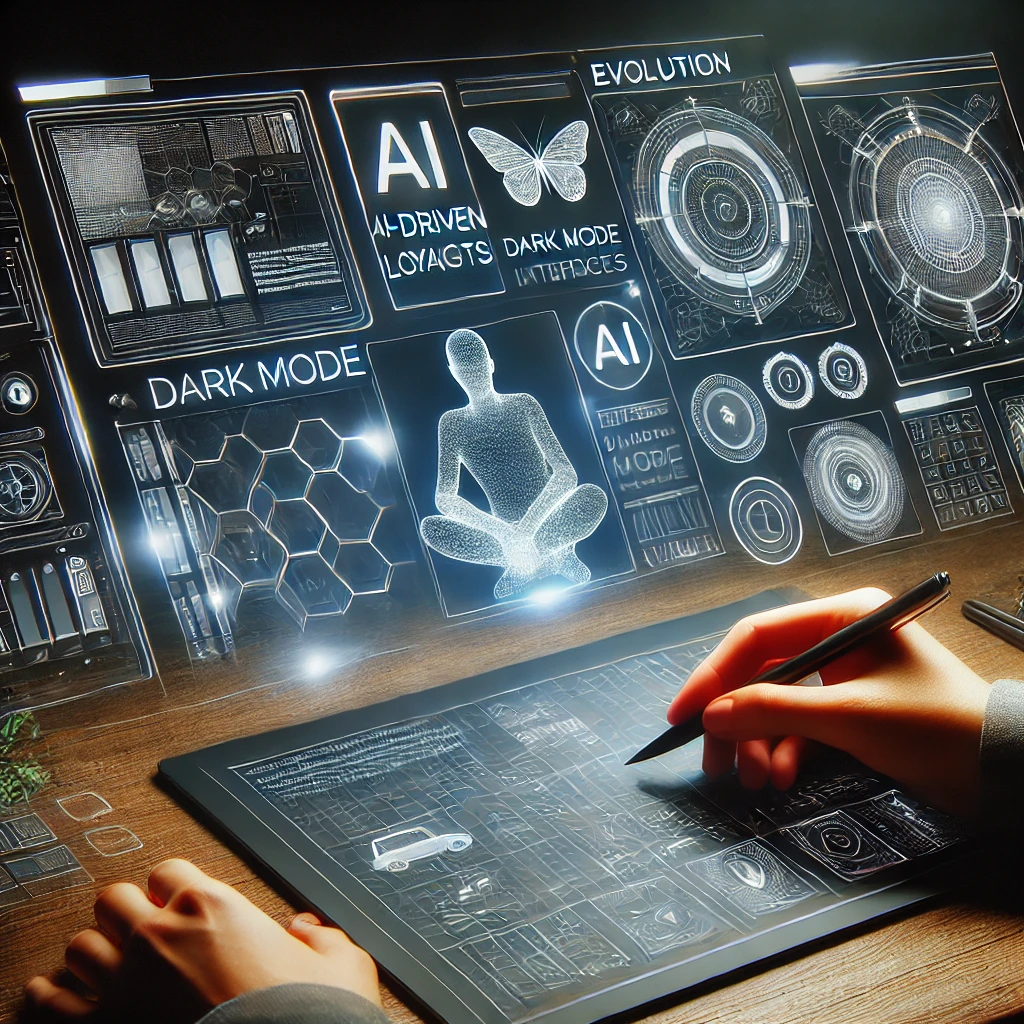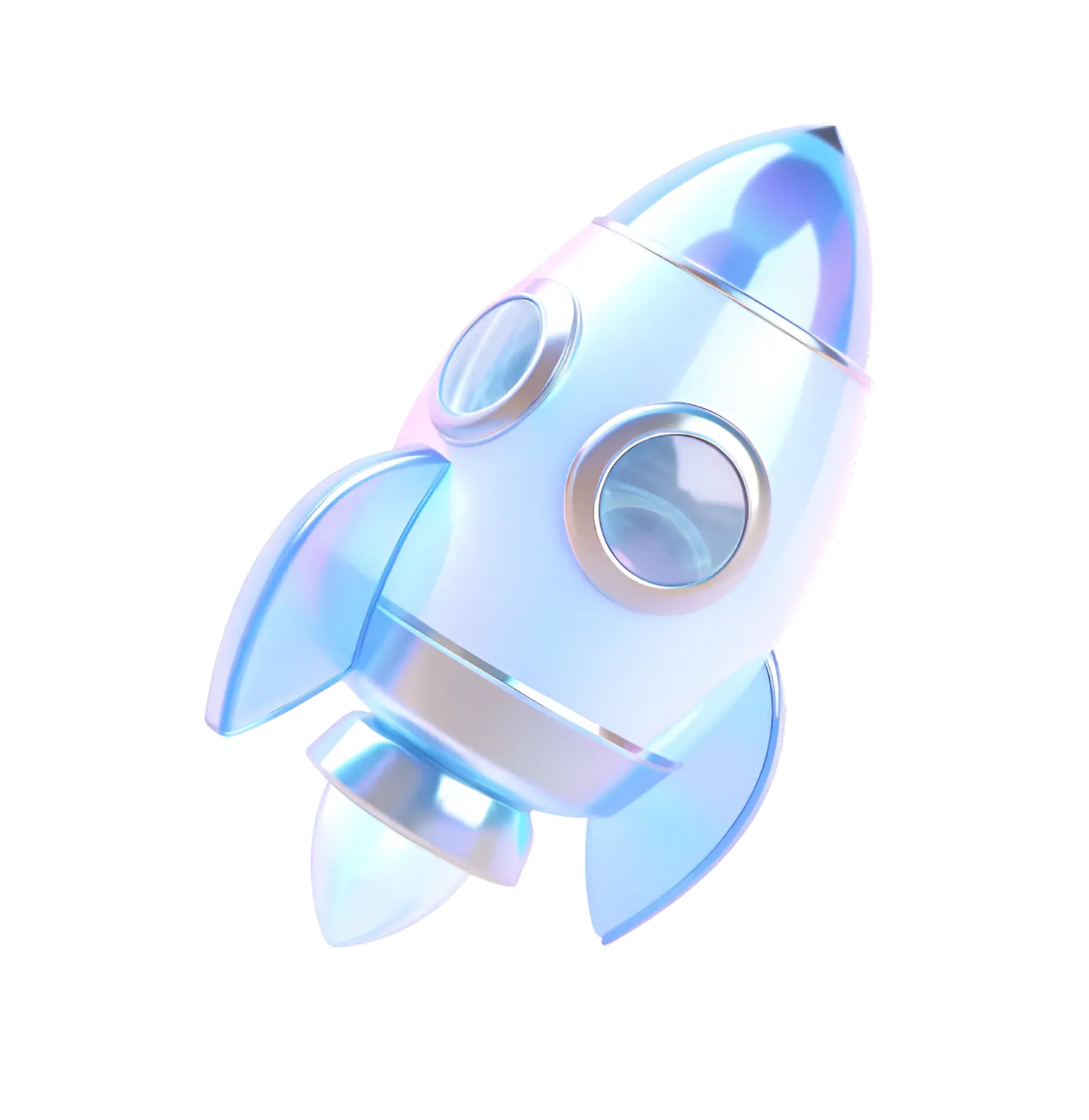Introduction
Animation plays an important role in web design, improving user experience and engaging visitors. However, when used incorrectly, animation can have the opposite effect, slowing down the site and overloading the user experience. In this article, we will look at animation best practices and how to use them effectively.
1. Why do you need animation in web design?
- Attracting attention: Animation helps to focus attention on important elements.
- Improved navigation: Smooth transitions make interaction with the site more intuitive.
- Brand creation: Unique animation can make a website memorable.
- Simplifying perception: Dynamic hints help users navigate faster.
2. Types of animation and their use
1. Loading animation
- Used to keep users' attention while content is loading.
- Examples: loading indicators, content skeletons.
2. Transition animation
- Makes navigation smooth and convenient.
- Examples: fade-in effect when changing pages, sliders.
3. Hover effects
- Emphasize interactive elements (buttons, links, product cards).
- Example: changing the color of a button on hover.
4. Scrolling with animation
- Creates the effect of elements gradually appearing as you scroll the page.
- Used to increase engagement.
5. Microinteractions
- Improve user experience with small but useful effects.
- Examples: animation of the "Add to cart" button, form response when entering data.
3. Best Animation Practices
1. Minimalism
- Don't overload your site with excessive animation.
- Use only those effects that improve UX.
2. Performance Optimization
- Animation should not slow down the site.
- Use CSS animations instead of JavaScript where possible.
- Minimize the use of heavy files (GIFs, video backgrounds).
3. Harmony and consistency
- Animation should be natural and consistent with the brand style.
- Use the same effects for the same elements (for example, all buttons with the same hover effect).
4. Availability
- Add the ability to disable animation for users with disabilities.
- Make sure the content is accessible without animation.
4. Tools for creating animation
- CSS animations (keyframes, transitions) - light and fast effects.
- JavaScript libraries (GSAP, Anime.js) – complex interactive animations.
- LottieFiles – SVG animation with minimal impact on performance.
- Frame Motion – a tool for creating animated interfaces in React.
Conclusion
Animation is a powerful tool in web design that, when used correctly, improves the user experience. Follow the principles of minimalism, optimization, and accessibility to create a beautiful and user-friendly website with smooth animations.



